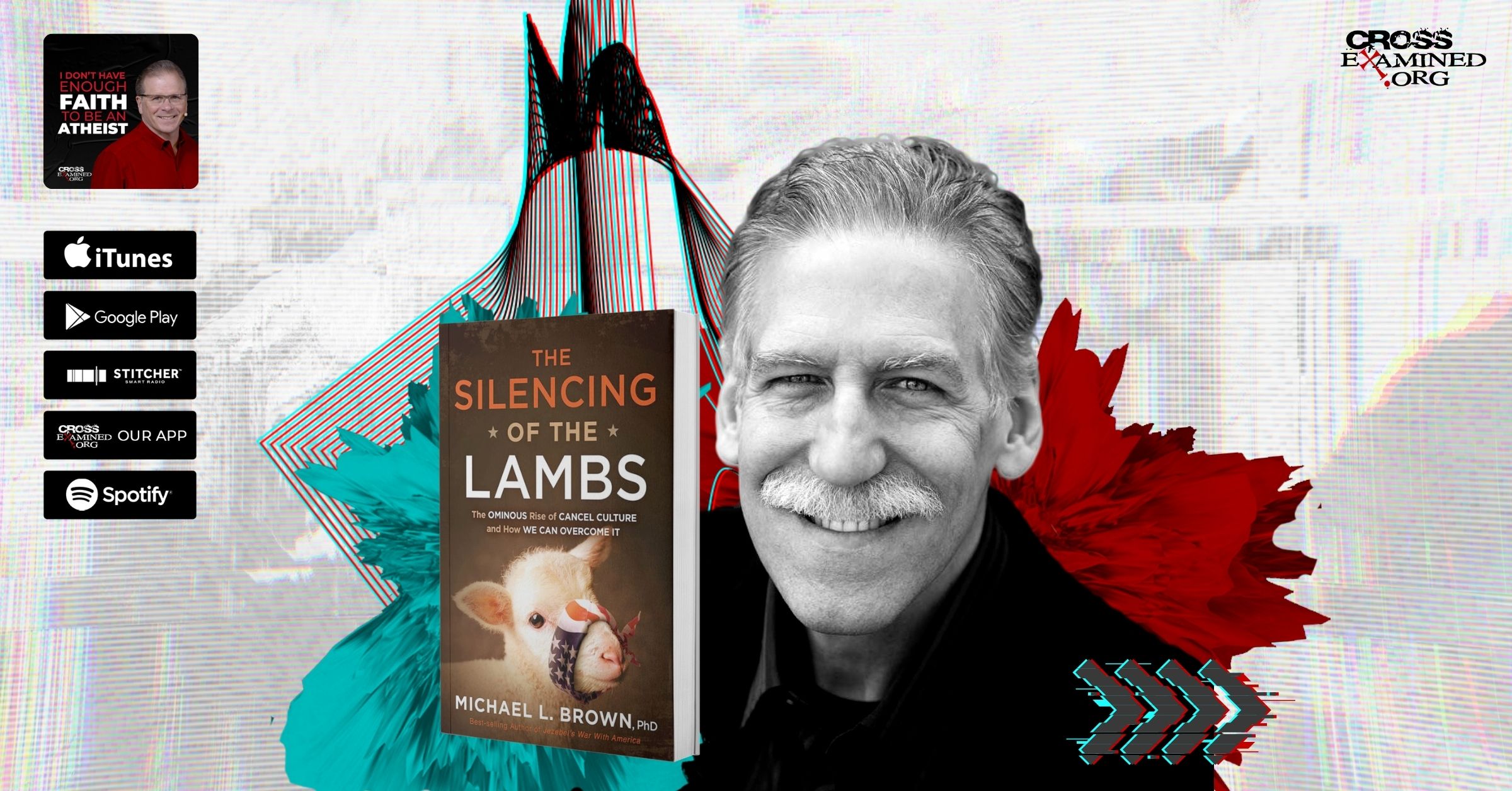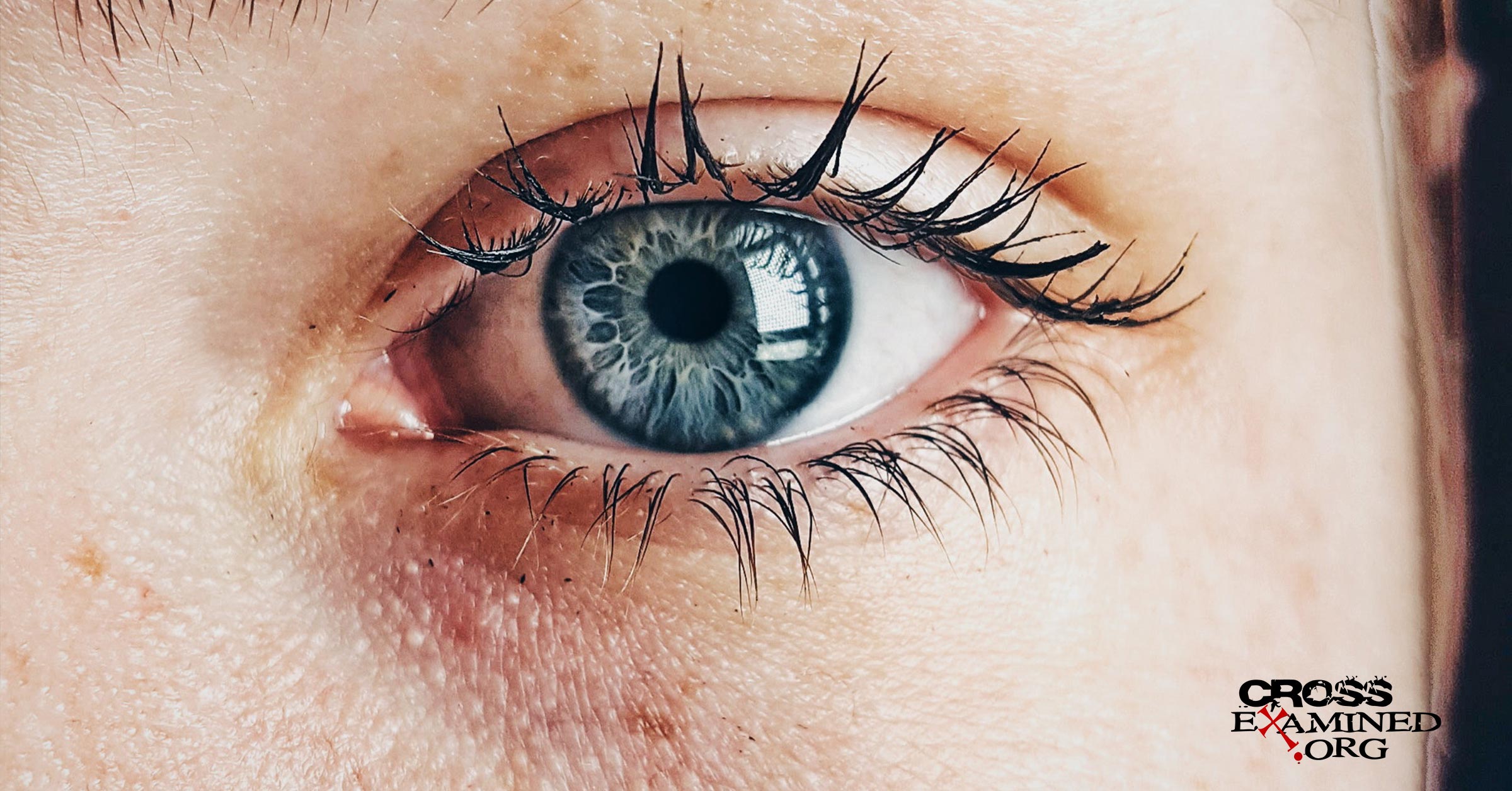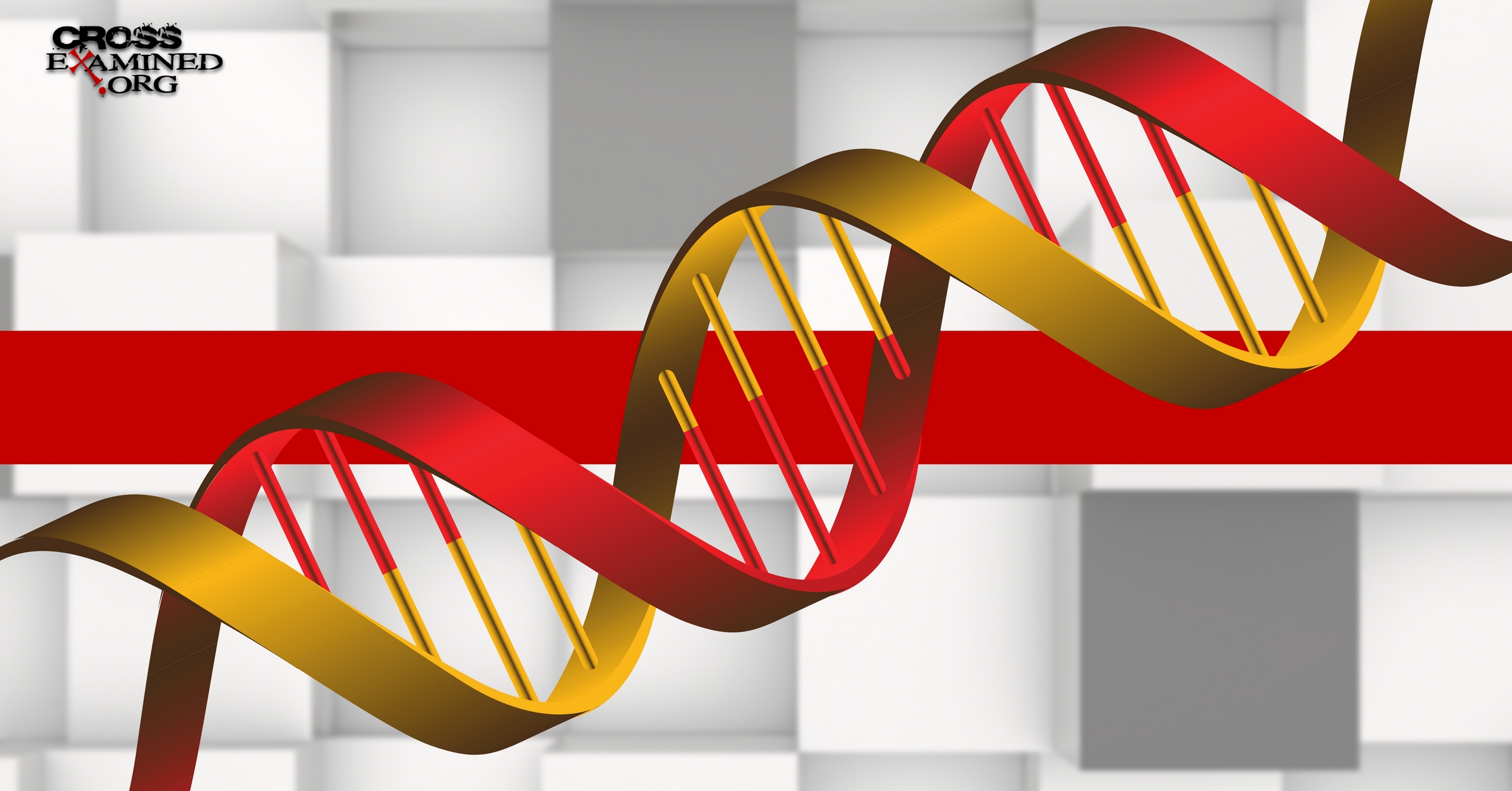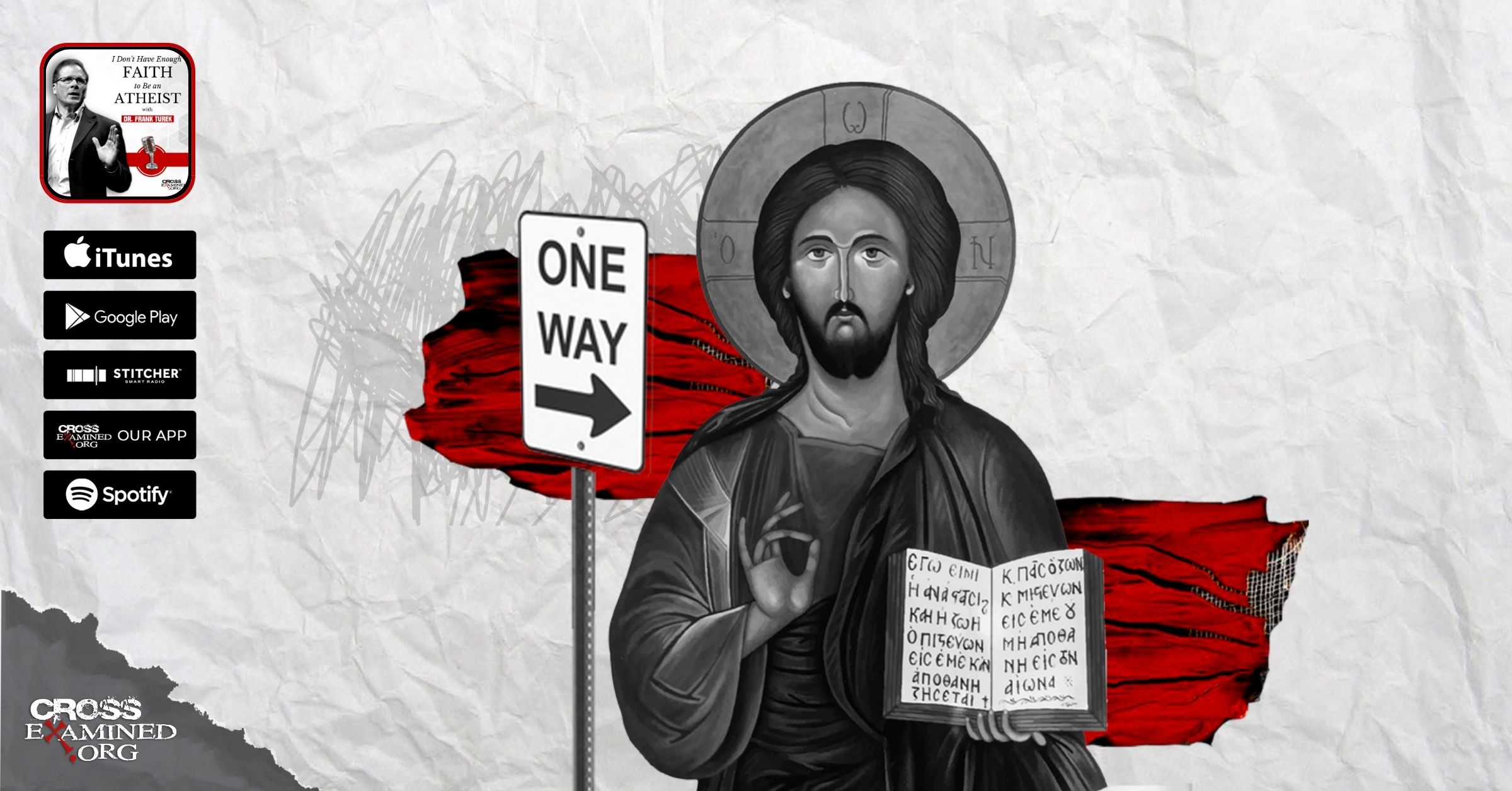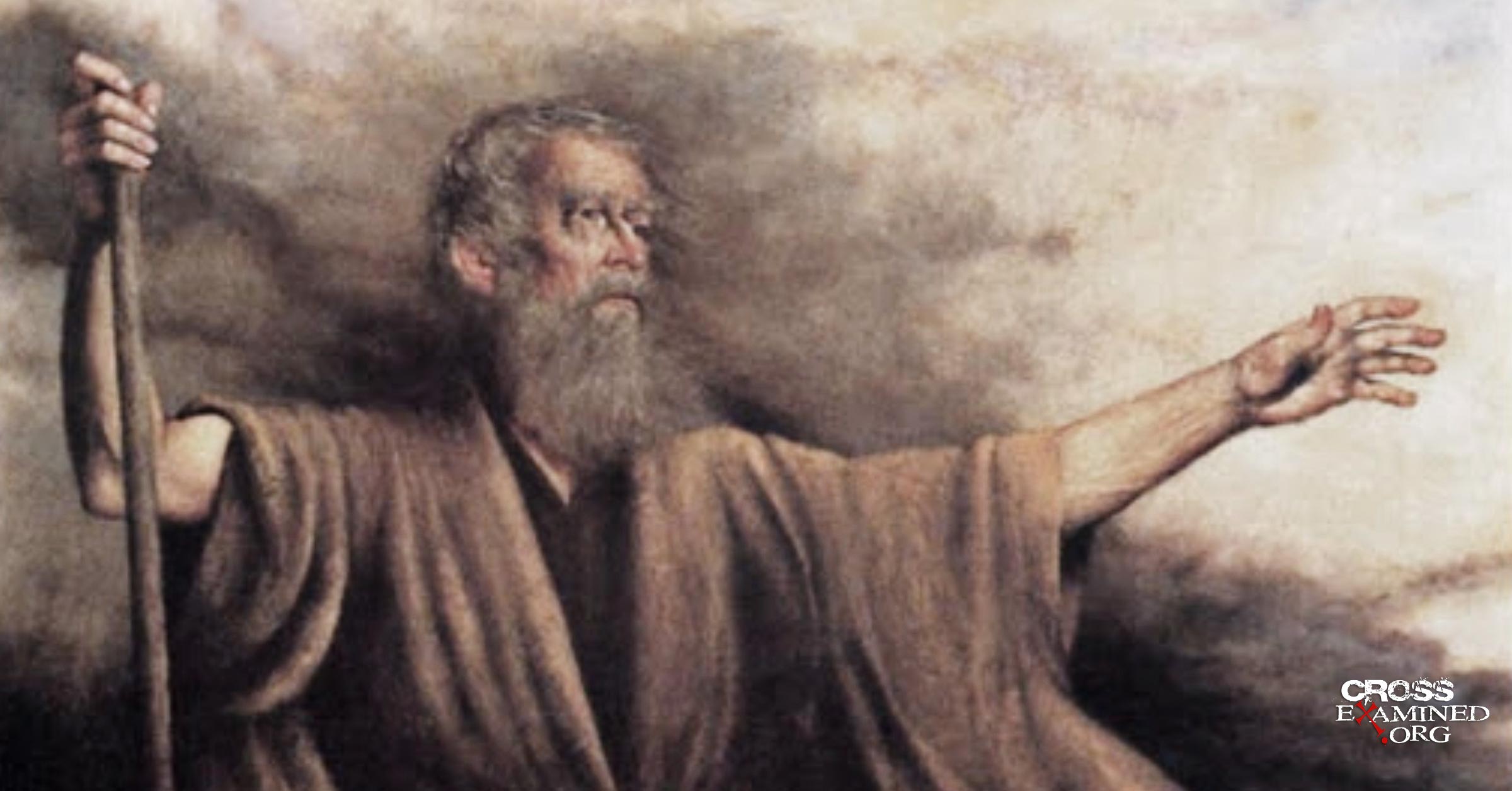Giving Atheists a Hand
By Al Serrato
My seventh-grade nephew needed some help the other night on social studies. He was working on the Paleolithic Age – the Old Stone Age – a time when man first started working with stone and bone tools. That got me thinking about the greatest “tool” of all – the human hand. It’s something that most people take for granted, but I don’t think it’s an overstatement to say that modern civilization would never have arisen without it.
How can the atheist explain something as complex as the hand? Like the human reproductive system that I discussed in my last post, in his worldview, the hand is the product of a slow, random set of mutations occurring over a long period of time. We just happened to be lucky enough for everything to fall into place so that we – modern humans – are the beneficiaries of this entirely happenstance outcome. But think for a moment about the staggering complexity of the hand. Consider first the intricacy of the nerves that allow not just for feeling but for the fine sensitivity of feeling that exists in the fingertips. Consider the placement of the hand at the end of a flexible wrist on an arm that is also flexible. Five fingers provide the ability to grip and to manipulate objects, and the five can be used in unison or individually. Two matching hands are vastly superior to one, and the hands just happen to match in size, shape, and function. The opposable thumb may be its greatest feature, as it allows for tools to be gripped. There is a versatile muscular system that allows for objects to be firmly, or lightly, gripped, and a feedback mechanism in the nervous system that allows us to know whether we are gripping something so hard as to crush it or softly enough to caress it. All the while, it provides information on warmth and cold. On and on the list goes. It is truly a marvelous tool, and despite the best efforts of modern-day scientists, there is no way at present to even begin to replicate its complexities.
Yet we are to believe, according to the atheist, that this amazing feature of human beings is not the product of an intelligent designer, who foresaw and anticipated our use of tools to build and shape the world around us, but was instead the result of random processes occurring over time. By why should this be so? Well, the atheist will say, the hand is simply the descendent of more primitive appendages. Small, random changes conferred an advantage on some descendents, which allowed them to succeed and pass on this modification. Really? If this is so, then why haven’t monkeys, and these other more primitive forms, gone extinct, if their appendages were so unhelpful to their survival? Clearly, the development of a hand that could use tools, as opposed to one suited for climbing trees, was not needed by them in order to thrive and reproduce. Or conversely, why haven’t modern monkeys, which apparently predate humans, not yet evolved human hands, hands finely suited for using and manipulating tools?
More importantly, what happened before monkeys with primitive hands evolved? What was that earlier mammalian life form from which the arm and hand emerged? A squirrel? A rodent? What were these life forms doing, earlier still, when they had mere stumps on the ends of their limbs? Or no limbs at all? How did they survive? And why aren’t there other examples in nature of animals who randomly produced hands? Or animals that have partial hands that are somewhere on the road to evolving a complete hand?
To be fair, atheists probably think they are doing the believer a favor by arguing that science is the source of all knowledge, and that with enough time and study, answers to the questions I pose will someday be found. I suspect that most have not considered deeply the difficulty with this position. After all, the human hand is just one of dozens of fine-tuned systems in the body, each of which was constructed according to instructions embedded in the millions of lines of coded DNA information that directs the body to grow from a single cell to an adult person.
To conclude that the evolution of life forms happened randomly might have made sense in Darwin’s day, when those considering the question had no idea that information-rich DNA was directing the process of building and sustaining life. But today? Science can tell us many things about DNA and how it works. But the original source of the code, and the identity of the coder who wrote the language of DNA to provide for the life that is teeming on Planet Earth, is not something that science will find, certainly not if scientists insist on assuming that DNA assembled itself.
Recommended resources related to the topic:
I Don’t Have Enough Faith to Be an Atheist (Paperback), and (Sermon) by Norman Geisler and Frank Turek
Answering Stephen Hawking & Other Atheists MP3 and DVD by Dr. Frank Turek
Tactics: A Game Plan for Discussing Your Christian Convictions by Greg Koukl (Book)
Defending the Faith on Campus by Frank Turek (DVD Set, mp4 Download set and Complete Package)
So the Next Generation will Know by J. Warner Wallace (Book and Participant’s Guide)
__________________________________________________________________________________________________________________________________________________
Al Serrato earned his law degree from the University of California at Berkeley in 1985. He began his career as an FBI special agent before becoming a prosecutor in California, where he continues to work. An introduction to CS Lewis’ works sparked his interest in Apologetics, which he has pursued for the past three decades. He got his start writing Apologetics with J. Warner Wallace and Pleaseconvinceme.com.



